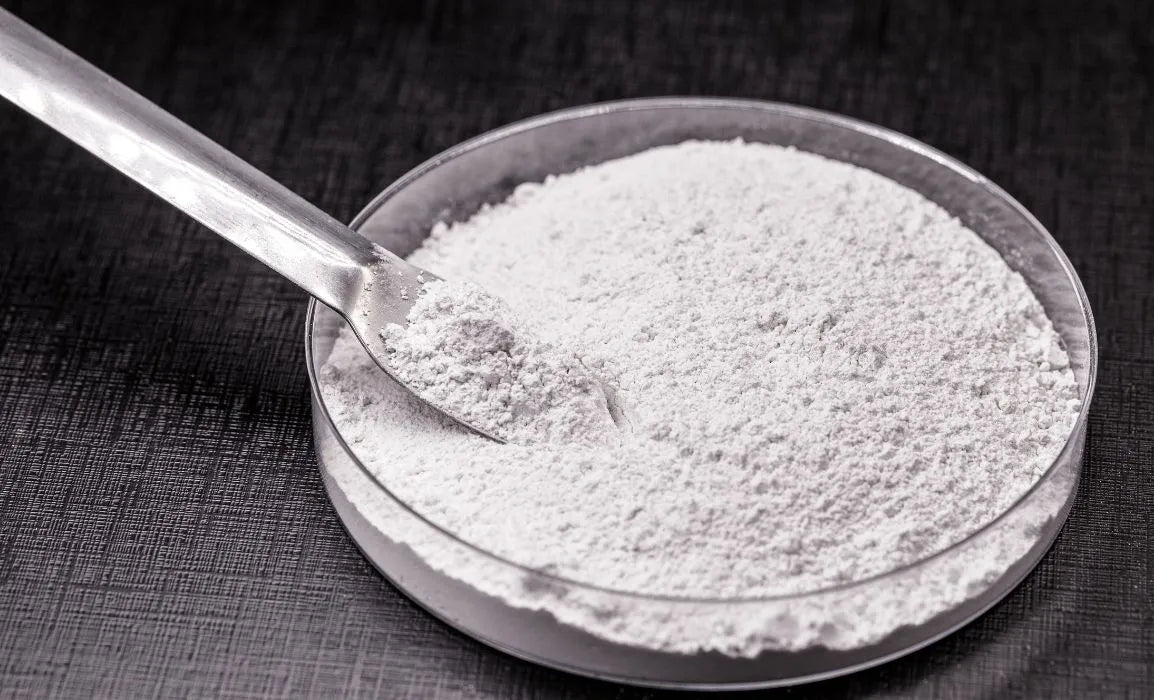Sodium Hydroxide in Skincare

Introduction
Even if you aren't familiar with the term sodium hydroxide, you might know this chemical compound by one of its other names: lye or caustic soda. One may find sodium hydroxide rather easily in various products. This ubiquitous component is present in a wide range of skin care products as solid white, odourless crystals. Naturally caustic, as one of its titles implies. Otherwise, chemical burns to your skin or eyes are possible. This has naturally caused some questions about its application in the cosmetics and skin care industries. So let's find out everything about sodium hydroxide.
What is sodium hydroxide?
Sodium hydroxide, also referred to as lye, is used in cosmetics to set and maintain the pH of a product in an acidic or alkaline composition. This is especially true for products like cleansers and leave-on exfoliants, where the pH of the product must be maintained within a relatively narrow range to be most effective (pH of 3–4 is optimum for acid-based exfoliants, pH of 4.5–6 for cleansers). Though its pH is 13, pure sodium hydroxide is only used in cosmetics up to pH 11.
In beauty products, such as hair straighteners and nail cuticle solvents, sodium hydroxide is used in higher concentrations (between 2% and 5% concentrations by weight) than in leave-on skin care products or cosmetics (some lipsticks contain 0.25% sodium hydroxide, for instance). Its other uses include as a denaturing and washing agent. When concentrations are 10% or more, it becomes a major skin sensitiser.
What does sodium hydroxide do in skincare products?
Oils may be saponified with sodium hydroxide. As such, it facilitates the lathering and foaming of the fats and oils into a cleanser. Without it, your cleanser would be a big mess of various oils and fats that aren't unified into one product.
Little quantities of it are also used to set and maintain a product's pH. Skin tends to be on the acidic side and usually ranges between 4 and 7. Preserving this acidity, also known as the “acid mantle,” offers an additional barrier against germs, pollutants, and allergies. The acidic defences of your skin might be upset, and you run the danger of accelerated ageing if the pH of your skincare products is outside of normal.
Mostly in the cosmetics industry, sodium hydroxide is found in:
- Cleansers
- Makeup
- Hair Dye
- Nail Polish
- Face Wash
- Body Cream
- Nail Polish Remover
Benefits of sodium hydroxide in skincare
A few significantsodium hydroxide benefits include:
- It regulates the pH levels of the product and the skin. Sodium hydroxide softens a formulation by lowering its pH, making your skin balanced.
- The best results from topical skincare products are obtained between pH values of 4-6.5. Apart from balancing the pH of the product and your skin, sodium hydroxide improves the efficacy of the products.
- Sodium hydroxide helps oils lather in soaps and cleansers.
Knowing about pH levels is necessary to completely grasp why sodium hydroxide is so good for the skin.
Precautions while using sodium hydroxide
Since sodium hydroxide is included in cosmetics and skin care products in small amounts and at low concentrations, experts believe that these products are typically harmless.
All the same, not everyone responds positively to some components. Products containing sodium hydroxide may cause an unwelcome response in those with sensitive skin.
Maybe you might notice:
- Hives, rash, or itchy skin flaking
- Dryness and high sensitivity
- Redness and inflammation
Using a patch test before applying any new skin care product—sodium hydroxide included or not—is always a smart idea.
This is how to run a patch test:
- Wherever you intend to use the product—behind your ear or along your jaw for a face product, on your wrist or forearm for a lotion or cleanser—apply a tiny quantity of it to your skin.
- Give it a minimum of a day before looking for irritation.
- You can use the product if you don't experience any itching, discolouration, or other unfavourable responses. The product will be considered safe for your skin.
For more details, read How to Do a Skin Patch Test and Why.
Note: To be quite clear, there is no amount or concentration of pure sodium hydroxide that is safe to apply to your skin. Chemical burns and serious skin injuries can result from sodium hydroxide.
Conclusion
So now you know what is sodium hydroxide and how sodium hydroxide benefits your skin. It is an alkaline compound that's used to balance pH and saponify fats and oils. Lots of skin care items, including lotions, cosmetics, and cleansers, use it.
It may burn your skin if used in excessive concentrations because of its strong caustic nature. In skin care products, it is used sparingly and is often totally used up during the reaction process. Much of it never makes it to the final product.
Sodium hydroxide is also harmful in many other ways. Ingestion of it can cause significant changes in blood pH, throat swelling, severe stomach discomfort, lung inflammation, and breathing problems. If it gets in your eyes, it can potentially cause blindness.
P.S. Before changing up your skin care regimen significantly, always see a dermatologist. For those with eczema, psoriasis, cystic acne, or rosacea, this is crucial.


























































